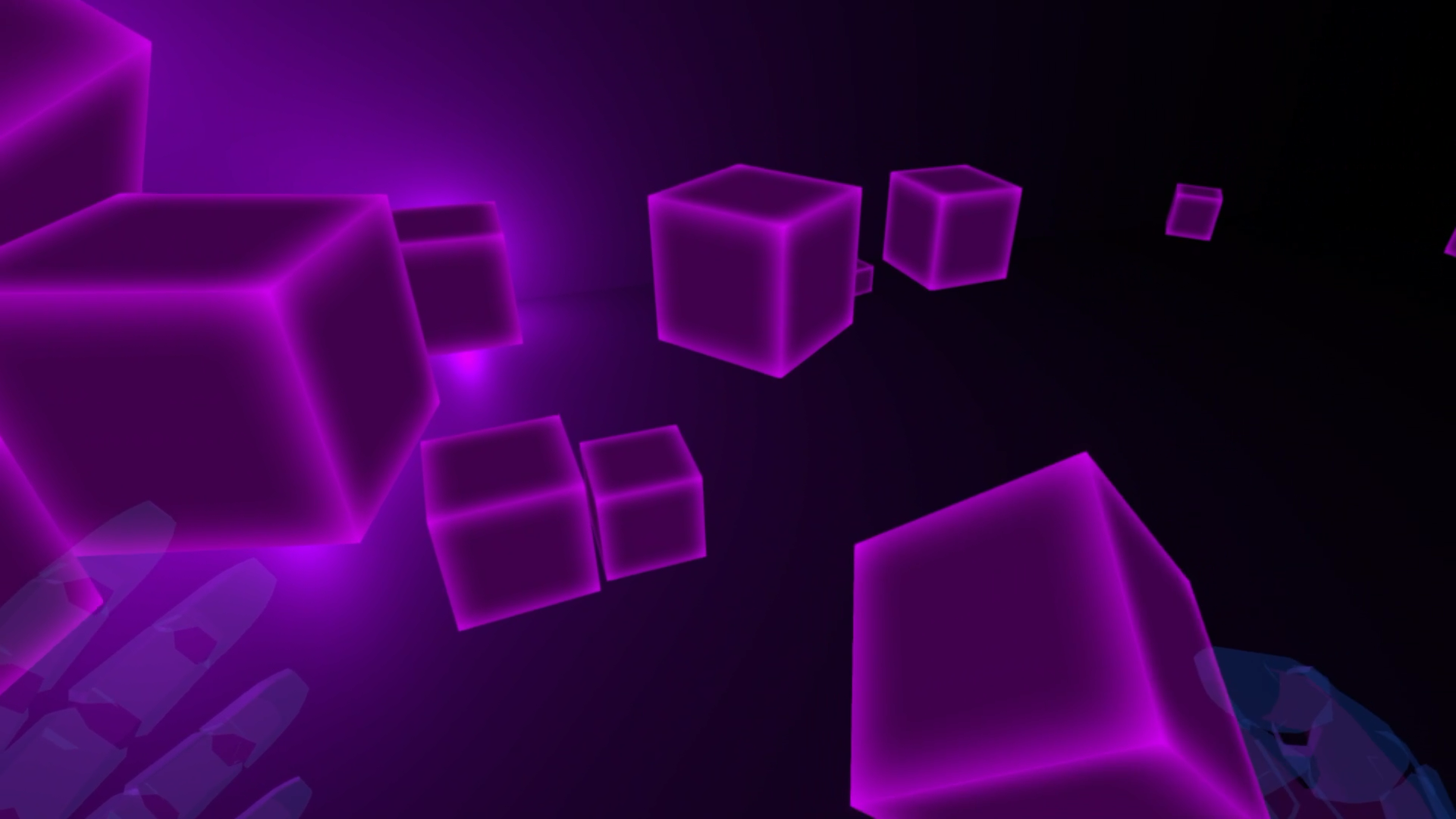
Back to cyberspace basics
In the late 1990s and early 2000s, I released a website called The Lair of the Marrow Monkey, and a web series called Chroma — both science fiction stories about what it felt like to move from an analog world to a digital one. Digital media, then just beginning its mass invasion of popular culture, still felt then like something essentially alien, something still able to receive our collective projections, both utopian and dystopian.
Early fantasies of the digital often fetishized the act of “going inside” the world of the computer as a metaphor for the larger social transition that was underway. Lair and Chroma follow this pattern as well, positing a newly discovered realm called the “mnemonos“ as an Edenic digital space humans used to be able to access purely with their minds, without the aid of any technology. Cast out of the mnemonos, the story went, we’ve been instinctively trying to find our way back ever since, building ever more sophisticated machines in the process. Our main characters succeed in this, and immediately discover that being digital is complicated, not least when it comes to questions of identity and representation.
The technology of “virtual reality” has long been a potent (if difficult to broadly commercialize) signifier of the ultimate end of this fantasy, a technology designed to make us feel as if we’ve truly entered the digital world — or at least the part of it that can be represented as three dimensional space (and which we’ve been primed since at least Tron to believe is nearly the most “pure” representation of what’s going on inside computers, superseded only by the streaming green glyphs of The Matrix).
Despite its lack of broad popular appeal, as virtual reality has become more accessible to creators, it’s made it easier to stage the kind of phenomenological encounters with the digital which I could only describe metaphorically back in 1998. Now, I can place myself into a minimal digital environment and spend some time interrogating its apparent physicality, both where it succeeds and where it falls apart.
That’s what “Into the Woodshed” is about. It’s a way to follow up on the musings of an earlier epoch, one still fascinated with the promise of the digital as an alternate way of being from the way we lived the majority of our lives. It’s a way to slow down and take apart the foundations of so much of that which we now take for granted, and see if there’s still anything of the sublime to be discovered (or recovered) from our first tentative steps into a digital world. It might only last for two episodes — or it might continue for a while, or change into something else. It’s an experiment.
Along with each episode, I’ll be releasing a companion VR app that allows you to experience the space for yourself, and customize it using Stepworks Studio. This pattern — a short video captured on a VR stage, released alongside the stage itself — is one I plan to use for future releases, so I’d love for you to try it out and let me know what you think.
– Erik